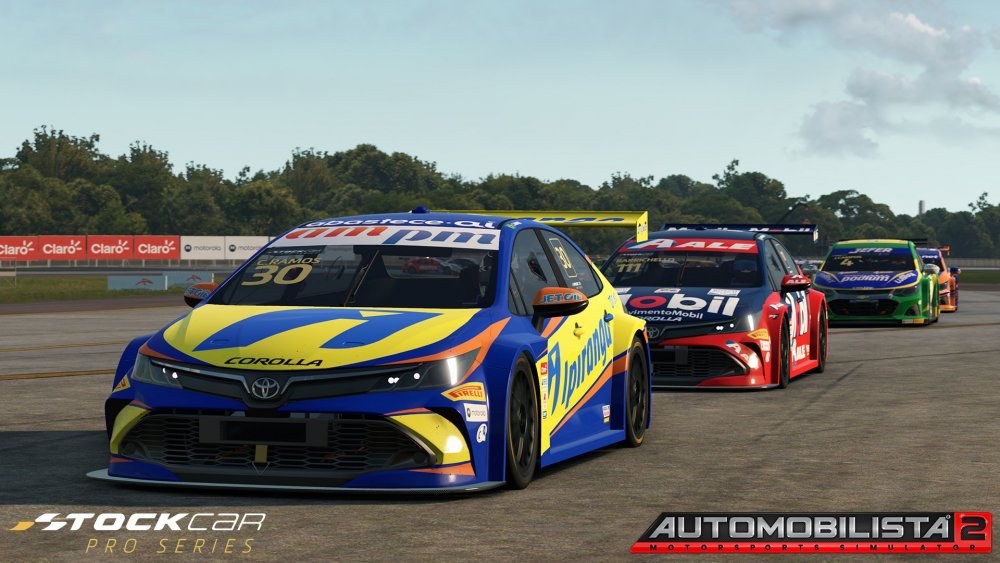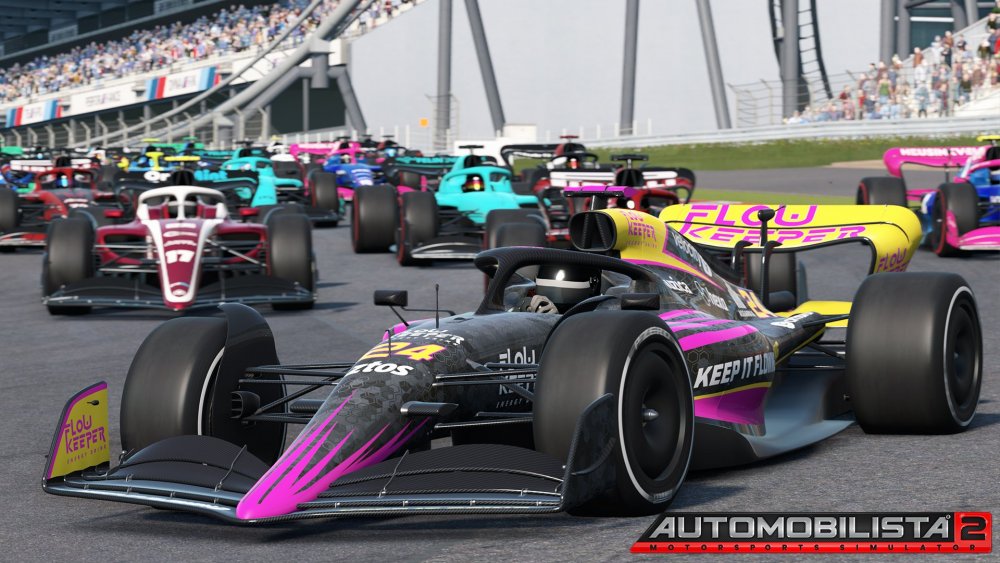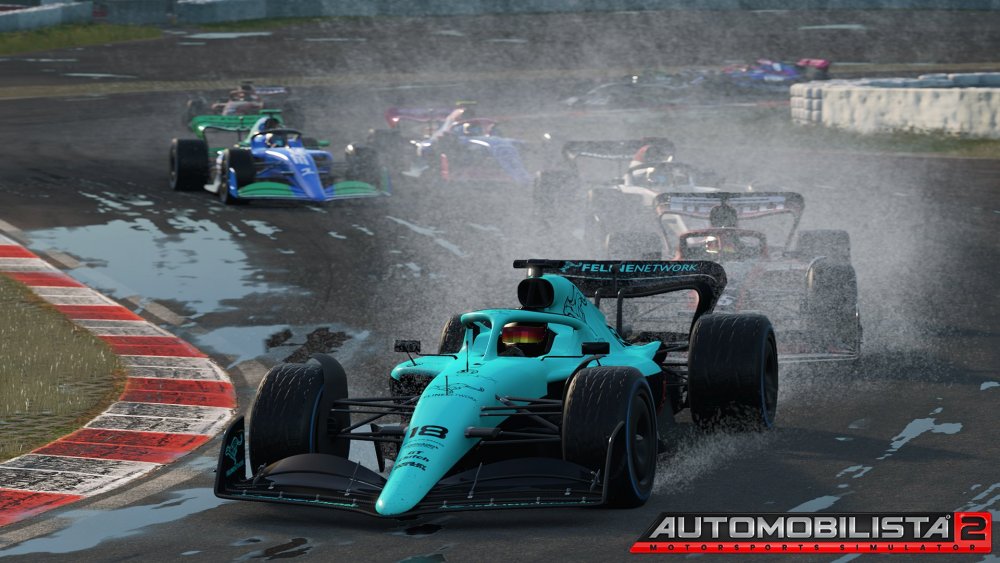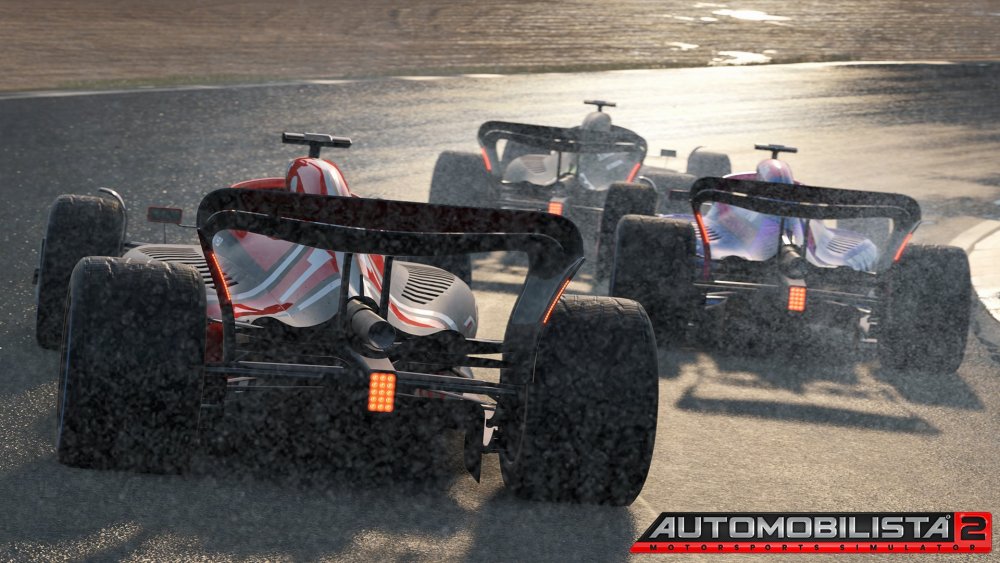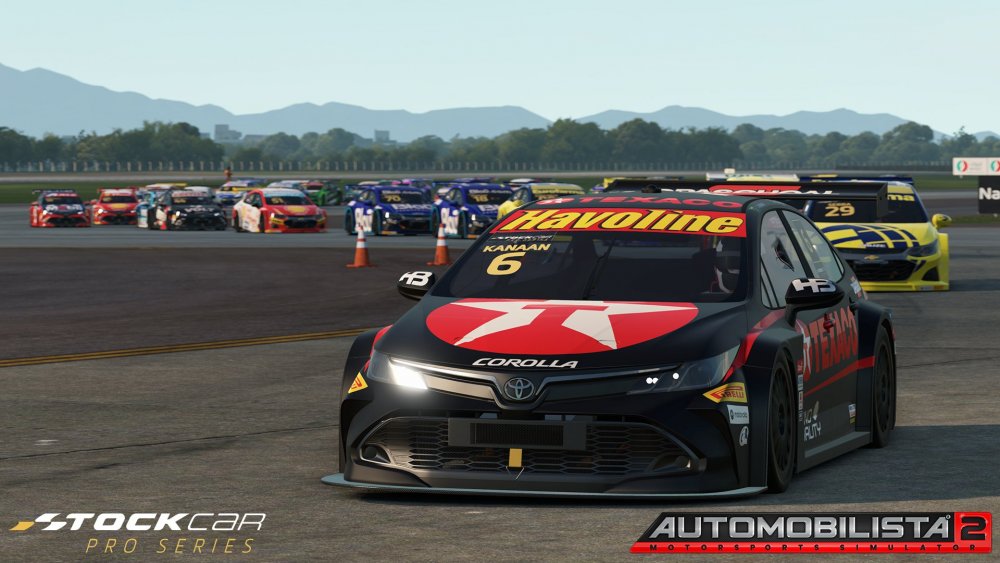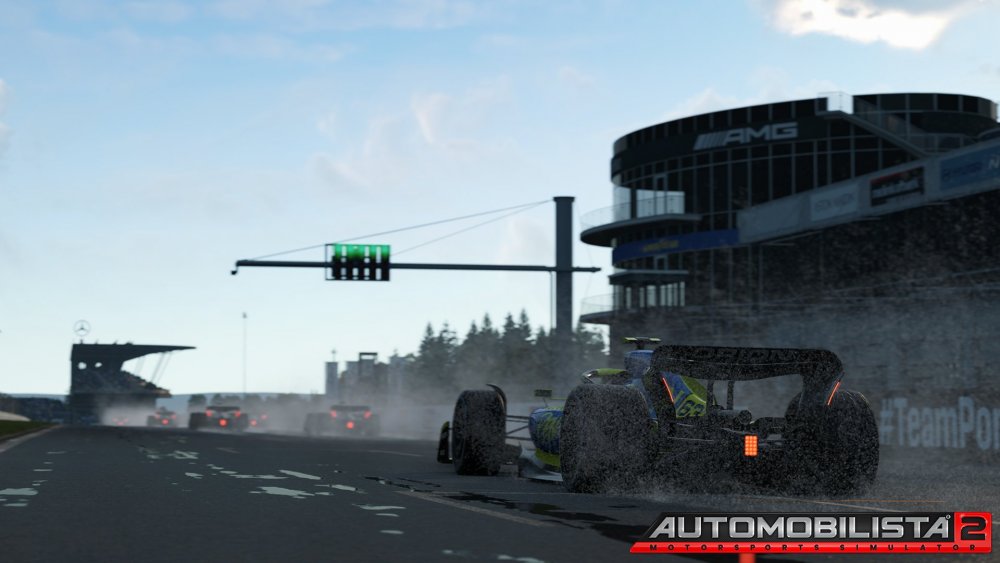Reiza Studios ha rilasciato per il suo Automobilista 2 la nuova build aggiornata v1.3.5.1. L'upgrade di oggi, oltre ai consueti miglioramenti e bugfix, ci mette a disposizione anche il nuovo circuito Galeão Airport Temporary Race Track, la Stock Car Seasons 2021 & 2022, Stock Car Pro Series 2022 Season e la Formula Ultimate Gen2, dietro il cui nome di fantasia si cela in realtà una moderna F1 del 2022.
QuoteThe creation of the new Formula Ultimate Gen2 had led to a complete overhaul of the ERS model (short for Energy Recovery System). The ERS consists of an electric motor connected to the drivetrain (MGU-K) that is also able to recover kinetic energy, an electric motor connected to the turbine shaft (MGU-H) that limits turbo lag and recovers energy from excess turbo RPM, and an energy store (ES) which is designed to hold 4MJ of charge.
ERS deployment has some restrictions - first there may not be more than 4MJ of energy transferred from energy storage (the energy bar) to the electric motor (MGU-K) per lap. This is offset by any energy harvested from the turbo (MGU-H) when deploying, because that energy is used directly and doesn't count against the 4MJ limit. As a rule of thumb on tracks with long straights such as Monza approximately 40% of energy deployed comes from the MGU-H and as a result the total amount of energy deployed is well over 4MJ. Finally, because the MGU-K isn't allowed to put down more than 120kW of power at any given moment, the 4MJ of per lap allowance lasts for 33 seconds with 100% deployment - or well over that with direct MGU-H energy added.
If you ever wonder why some tracks eat energy like crazy and others don't seem to deplete the energy bar, it's because of these parameters and the fact that less time spent on full throttle and more time spent braking into corners - which is also an important source of energy - shifts the charge balance heavily. Interlagos is a good example of such a track. Even though you have a lot more energy in storage to release, there simply isn't enough straight track and time to spend deploying at 100%.
Our revised system now works through driver selectable ERS deployment modes. These are:
1. Off - no deployment at all. Not used in race mode.
2. Build - recharge energy storage as quickly as possible while retaining some deployment as to not bog down in race situations. This automatically raises deployment to near balanced as state of charge (SoC) nears 100%. Not used in qualifying.
3. Balanced - monitors SoC at the end of each lap or when you switch to this mode. As a rule of thumb it aims to maintain 80% SoC. If it doesn’t hit this target, it self-adjusts deployment. This is most like the legacy model except it deploys at slower speeds and throughout the lap.
4. Attack - deployment suited to catch up to the car ahead in order to get within the DRS time difference and slipstream. Not designed to last for multiple laps without SoC dropping to 0% nor does it monitor itself. Not used in qualifying.
5. Qual - full deployment amount and little reduction through mapping with the only compromise being that it has to remain within the regulated per lap 4MJ energy release from storage (as in SoC) to the power unit. So there will be some per track mapping in the long run to optimise deployment so you won’t hit the limit on the final straight at some energy hungry tracks such as Monza. Not used in race mode.
Our ERS deployment mapping system consists of a single RPM map (% at RPM) and a gear map (% in gear) for each mode. Each deployment mode has a base deployment amount. And as mentioned the build and balanced modes self-adjust the amount. This amount is mapped to a final deployment amount through the RPM and gear maps.
The aim with deployment mapping is to maintain drivability, boost corner exits and optimise energy use. For example 8th gear is SoC neutral in balanced mode meaning it adds the same amount of charge through MGU-H harvesting as it uses, if not slightly more in some cases. Meanwhile 4th through 7th deploy most to get up to speed quickly.


